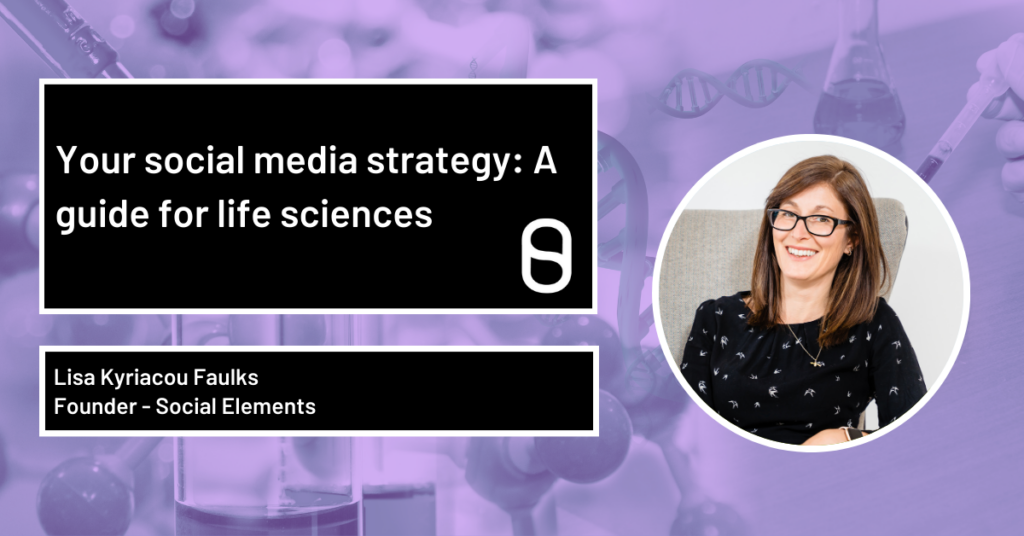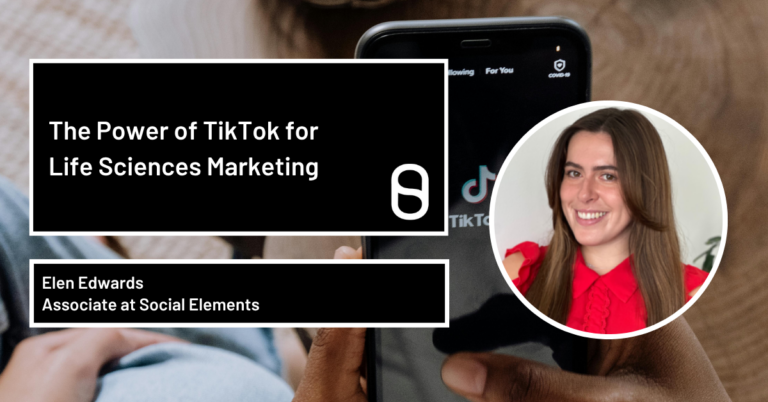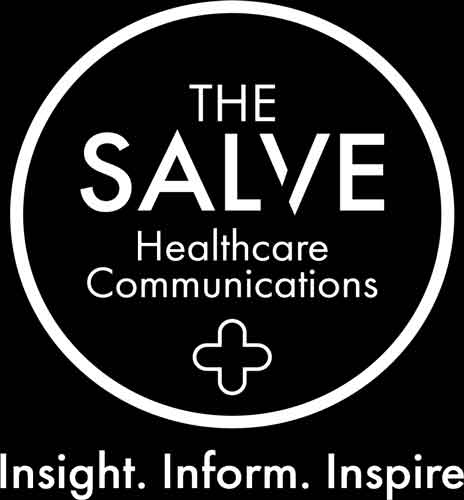Your social media strategy: A guide for life sciences
In today’s fast-paced digital landscape, it’s easy to get lost in the sea of social media platforms, hashtags, and viral trends. It’s a world where it feels like the giants of industry dominate the social sphere, leaving many small and medium-sized businesses feeling like they’re simply swimming against the current.
Whether you’re a biotech startup, a small pharmaceutical firm, or a family-owned medical equipment supplier, your presence on social media matters, perhaps even more so than the industry giants.
In the same way that various elements come together to create a chemical reaction, a well-crafted social media strategy combines different components to produce a purposeful online presence, achieve social goals, and effectively engage with specific target audiences, for businesses of all sizes.
In this blog, we’re not only going to explain the importance of a social media strategy for your business, we’re going to also provide our key recommendations on the essential elements to include.
What is a social media strategy?
A social media strategy is a bespoke plan which sets how your business will use social media to support your wider goals.
You might, for example, want to use your platforms to build brand awareness, get to know your audience better, connect with other businesses or promote and sell your products and services.
Having a clear objective – rather than just posting for the sake of it – means you can tailor your content and use your time online more productively.

Why having a social media strategy is important
Without a strategy, you’re going to be swimming around in circles and going nowhere fast.
Seriously, social media is time consuming and difficult enough without wasting endless hours creating content that doesn’t resonate with your audience or using language that your readers are not familiar with.
A social media strategy sets out your goals and gives you a roadmap to achieve them.

What to include in your social media strategy
- Current status
Before you begin implementing a new strategy, it’s a good idea to benchmark your starting point. This information should include the platforms you’re currently using, your follower numbers, engagement rate, average post reach, how often you’re posting and how much time you spend on social media.
You could also use this time to look at your best-performing content and think about what sets it apart from posts that didn’t do so well.
- Ideal client
Your customers should be at the heart of all your marketing activity and nowhere more so than on social media. The clue is in the ‘social’ bit.
Your strategy should include a detailed picture of who you’re talking to on social media. Think about the problems you help them overcome, the values they hold and why they would follow your brand online. What can you give them that no one else is?
- Goals
Knowing what you want to achieve on social media is really important – because once you have a goal in mind you can start working towards it.
Your goals might vary from quarter to quarter, but it’s important to give yourself time to test your strategy and see if it works.
Your goals will also determine the type of content you’re posting. For example, if you want to get more traffic to your website, you’ll likely post pictures of your products or links to your blog.
Or if you want to become the go-to expert in your field, you’ll post value-based how-to content and your views on industry news.
- Platforms
Once you know who your ideal customer is and what your goals on social media are, you’ll be able to decide which platform is best for you.
Contrary to popular belief, you don’t need to be on every platform – but you do need to be where your ideal audience hangs out. There’s no point posting on Instagram every day if your potential customers are on LinkedIn.
- Content
Taking time to plot out your content will save you time further down the line. Start by looking at the kind of content that’s worked well for you in the past. If you don’t have any, look at what people are engaging with on your competitors’ pages.
Be clear about what types of content you’ll post. Opinion and thought leader posts on LinkedIn can get traction. Short videos answering your ideal clients’ most common questions can be shared on multiple platforms. Reels (fun short-form videos) on Instagram are the hot ticket at the moment. Some content can take more time and creativity than others. If you plan to go down that route, you need to ensure you can commit enough time to making this type of content consistently.
- Key performance indicators
You’ve already taken a baseline reading of your social channels and set out your goals. So now you need to decide how you’ll track your success and which insights will be the most useful to you.
Think about how often you’ll check your stats in order to get meaningful, consistent data.
- Competitor analysis
No strategy is complete without competitor analysis. Look at your competitors’ websites and social platforms, and make a note of the kind of content and messaging they’re sharing.
You can learn a lot from this simple task – even if they’re doing it badly!
Look at the types of content they are creating (articles, video, static posts), which platforms they’re on and how much engagement their posts are getting.
- Engagement
Your social media efforts will be wasted if you don’t factor in time to engage (chat on the social media platforms) with your followers and ideal customers.
Use your strategy to commit to engaging every day, even if you don’t post.
Types of engagement:
- Answering comments on your own posts
- Answering DMs
- Sending voice notes
- Commenting on other accounts’ posts
- Liking and sharing other people’s content
You can read more about what engagement is in our blog “What Does Social Media Engagement Really Mean – And How To Do It” here.
- Hashtags
Hashtags are a crucial ingredient in the recipe of a successful social media strategy. These simple yet powerful symbols allow your content to be discovered by a broader audience who are interested in the topics you’re discussing. Incorporating relevant and trending hashtags into your posts can significantly boost your visibility and engagement.
It’s important to research and select hashtags that align with your content and target audience. Keep an eye on the trending hashtags in your niche and industry to stay relevant and join relevant conversations. Also, consider creating a unique brand or campaign-specific hashtag to foster community engagement and brand recognition.
Remember that the use of hashtags varies across different social media platforms, so tailor your strategy to each platform’s best practices. Utilizing hashtags effectively can help you expand your reach and connect with a larger online community.
- A review date
Don’t let your hard work go to waste. As soon as you have completed your strategy, put a date in the diary to review your progress. This will keep you focussed and ensure your strategy doesn’t get forgotten.
Regularly reviews, ideally 6-12 months or when business goals shift, is crucial. This practice keeps your approach aligned with changing company objectives, adapting to shifting trends, emerging platforms, and evolving customer preferences. Such evaluations help ensure your social media presence continues to be a valuable asset to your business’s success.
Are you looking for assistance in shaping your social media strategy for the life sciences field? We offer a diverse range of tailored approaches to work with you. Our services encompass comprehensive strategy development, strategic paid advertising campaigns, interactive workshops, and succinct half-day consultative sessions. Feel free to get in touch with us today, and let’s have a conversation about how we can assist you in achieving your social media objectives. Click on the link here or email hello@socialelements.co.uk

















